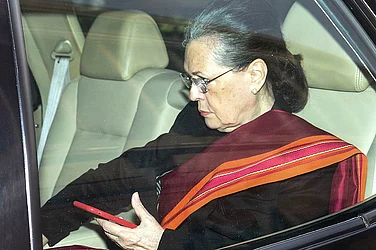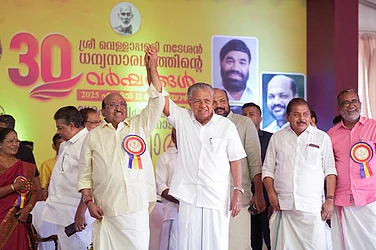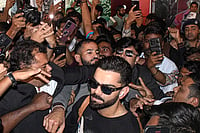The Valley is in the grips of a continuous cycle of violence since the Pulwama attack of February 14 in which a suicide bomber blew up 40 CRPF personnel. The number of encounters has gone up and so have the death counts. In the five encounters since February 14, a total of 12 security personnel and 11 militants have been reportedly killed. These recent encounters reveal a concerning statistic for the forces: the proportion of men lost on their side is unusually higher if compared to the encounters that took place before the Pulwama attack.
Some of these encounters have been long-drawn affairs, increasing the disturbance in daily life in several areas of the Valley. The first encounter post the Pulwama attack took place just four days after, in Pinglan village on February 18. It was an 18-hour gunfight in which four army men and a policeman were killed. Among the four slain from the army was Major Vibhuti Shankar Dhoundiyal, 33.
Two Jaish-e-Mohammed militants were also killed. One was identified as a local: Hilal Ahmad Naik alias Rashid, 24, a laboratory technician who had joined JeM in 2018. The other one was a Pakistani, identified as Jaish commander Kamran, whose elimination is being seen as major success by the security forces, as he was believed to be the one to have recruited 19-year-old Adil Ahmad Dar, who carried out the Pulwama attack.
A civilian named Mushtaq Ahmad, 43, too lost his life in the encounter. His family says the forces banged the door of his house on February 18, took him along and allegedly used him as a human shield during the encounter. The police have denied the charges.
The next encounter happened on February 25 in Turigam village, Kulgam, killing three JeM militants, a deputy SP of the J&K police and an army man. Two militants have been identified as Pakistanis, while the third was 22-year-old Raqeeb Ahmad Sheikh, whose pre-recorded video advocating the new trend of ‘fidayeen’ attacks as an alternative to gun fights in Kashmir surfaced recently.
The most damaging encounter for the forces has been the one in Babagund village of Handwara, one of the most long drawn gun fights in Kashmir that accounted for the maximum casualties among the five encounters after the Pulwama attack. It began on February 28 and lasted till March 3, resulting in the death of five security personnel—three from the CRPF and two from the J&K police—two Lashkar-e-Taiba militants and a civilian.
It left a part of the village burnt and crumbled in its wake. Standing near the debris, which was his house just a few days ago, Abdul Majeed, a middle aged farmer, says he was in the mosque for prayers when at about 2 pm on Thursday army and security forces cordoned the village. Majeed and his neighbour, Bashir Ahmad Bhat, weren’t allowed to step out of the mosque and were told that the firing would end soon. They were later taken to a house in the village where 40 people were huddled, where they remained for three days, hardpressed for basics like food and water. “When I stepped out, my village had reduced to rubble,” says Bhat.
Soon after the encounter, scores of people were at the village, examining the debris and collecting money for the families whose houses were razed. The villagers say that many cows were buried under the debris. “It all happened so suddenly that we didn’t get time to untether them,” says a villager. The Babagund encounter took place just a day after another gun fight between the security forces and militants in Shopian, on February 27, in which two JeM militants were shot deadwhile there was no loss of life for the security forces. This tally repeated a couple of days after the Babagund face off, on March 5 in Tral, where two JeM militants were again killed by the forces.
Apart from suffering heavy losses in the recent encounters which have also escalated like tensions on the border, the security forces stare at the possibility of the new, more dangerous modus operandi, the example of which was seen in the Pulwama bombing. “There is lurking danger of fidayeen attacks by less-trained local militants, in comparison to foreign ones, who would try to emulate the Pulwama attack,” says a police official. “There’s lot of noise on TV that much has changed after Pulwama. Yes, but things have changed for the worse.”
By Naseer Ganai in Handwara and Pulwama


























